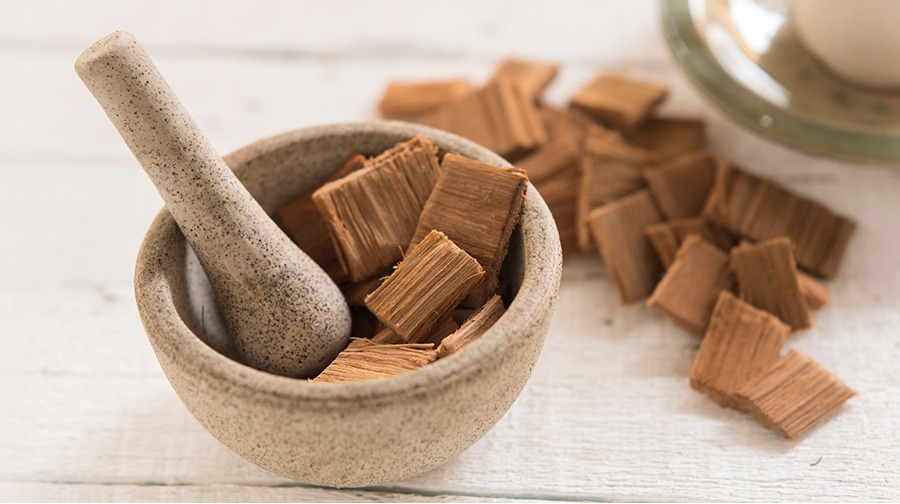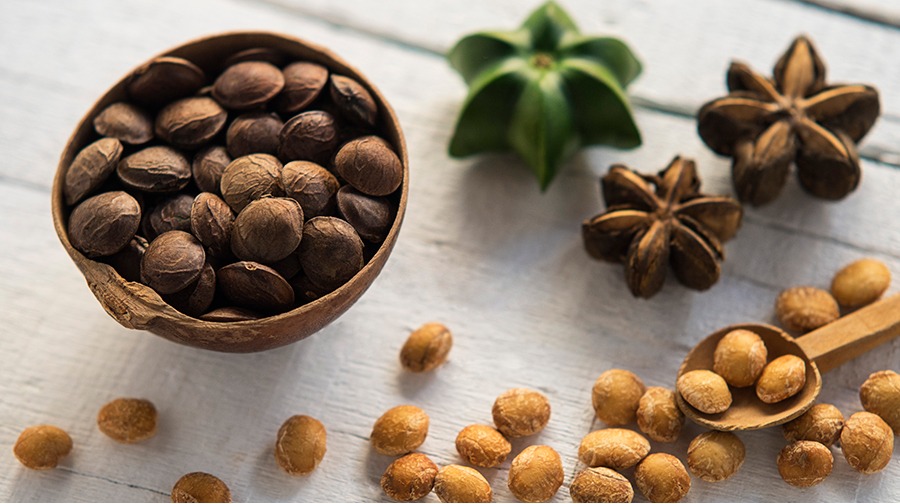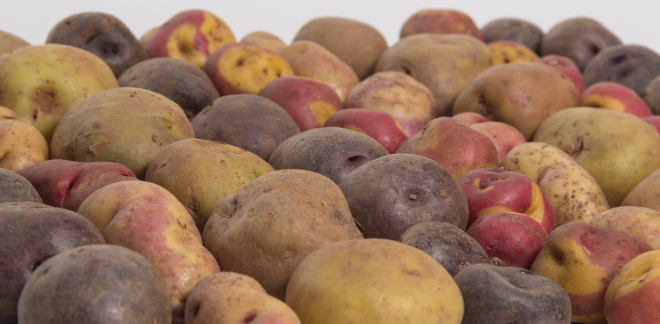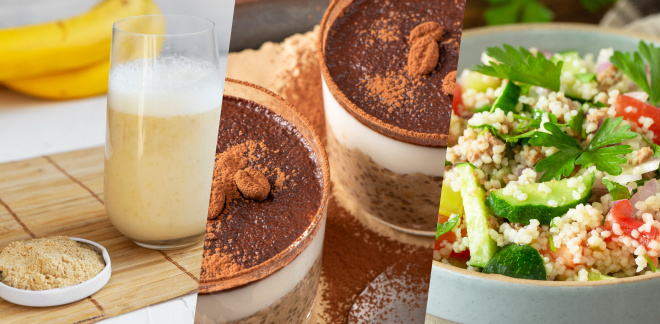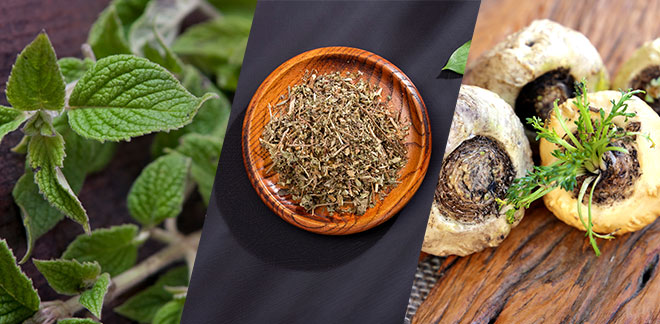Cat's Claw: get to know the main benefits of this Peruvian plant
Síguenos en:Google News
There is a noble root that is considered a golden ingredient by traditional Peruvian medicine: the renowned cat's claw. Native to the regions of Junín, Madre de Dios and San Martín, some studies have shown the multiple benefits that this plant offers the body.
Also called Uncaria guianensis (aubl.) gmel, it was not in widespread use until the 1990s, when it began to be marketed as an important natural anti-inflammatory and immune booster.
A wonder of the Earth
The beneficial properties of cat's claw are mainly found in the bark of its roots, which has an anti-rheumatic and febrifuge effect (i.e. it reduces fever). In this case, it is usually administered in the form of antipyretic decoctions.
According to a series of studies, an herbal infusion made with cat's claw can help patients who are suffering from oncological diseases and undergoing chemotherapy, as it reduces the symptoms that are generated from this treatment.
Moreover, its intake helps reduce the proliferation of chemical acid, thus reducing the possibility of developing cancer itself.
Other research shows that, thanks to the alkaloids present in its root composition, cat's claw can be used to treat people suffering from Alzheimer's.
It also significantly benefits those suffering from stomach conditions by completely cleansing the intestinal tract.
Finally, it is ideal for treating dermatitis, diabetes, viral processes and menstrual cycle irregularities.
National herbarium
By the 18th century, Europeans were already developing a scientific interest in Peru's native plants, as there was evidence that they were effective for relieving various ailments.
As a result, scientists collected a range of specimens to examine in further detail, as La Condamine did with quinine and, later on, Antonio Raimondi with other exotic plants.
This is what happened with cat's claw. A report by the Ministry of Foreign Trade and Tourism (Mincetur) explains:
"The story began when Oscar Schüler, a German anthropologist working in Peru, was diagnosed with terminal cancer. In 1976, the scientist traveled to Rome, cured and with the source of his salvation in his suitcase: the incredible cat's claw."
The Department of Pharmacology at San Marcos University has thus undertaken the study of this unusual plant. A new era in alternative medicine had begun.
The secret of its power
Cat's claw has a virtue that few people know about: it repairs cellular DNA. In this way, its consumption helps us to keep our body in optimal condition.
Like all good superfoods, most parts of the plant can be put to use. The leaves, for example, are used to prepare herbal tea, which helps treat colds, flu and coughs.
However, its consumption is not recommended for pregnant (or breastfeeding) women, or for people who have received skin grafts or organ transplants.
How to prepare it at home
If your doctor recommends cat's claw tea, here’s the recipe.
First, bring a liter of water to a boil over a low heat. Then add 12g of cat's claw bark (previously washed and chopped) to the pot. Leave it to boil for ten minutes.
Then strain the tea and retain the liquid. If you wish you can add a few drops of honey or just drink it as it is. It will have a bitter taste, but its effect will be revitalizing.
It is also possible to find cat's claw in the form of capsules and extracts. It’s up to you.
Sources: Mincetur/ Wapa/ Andina


